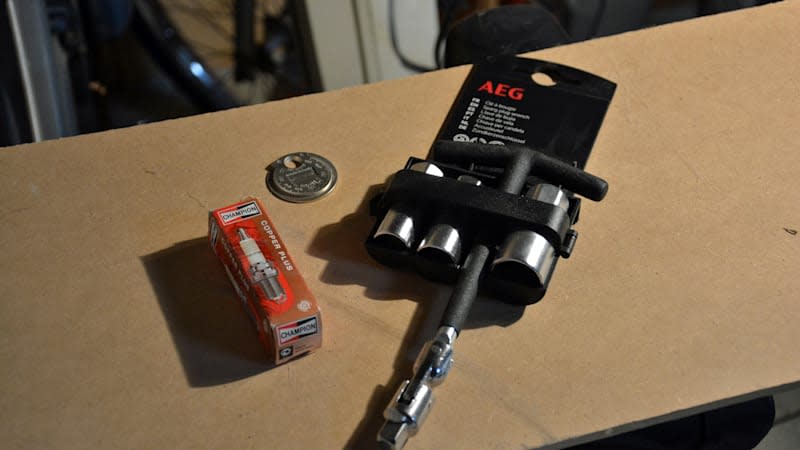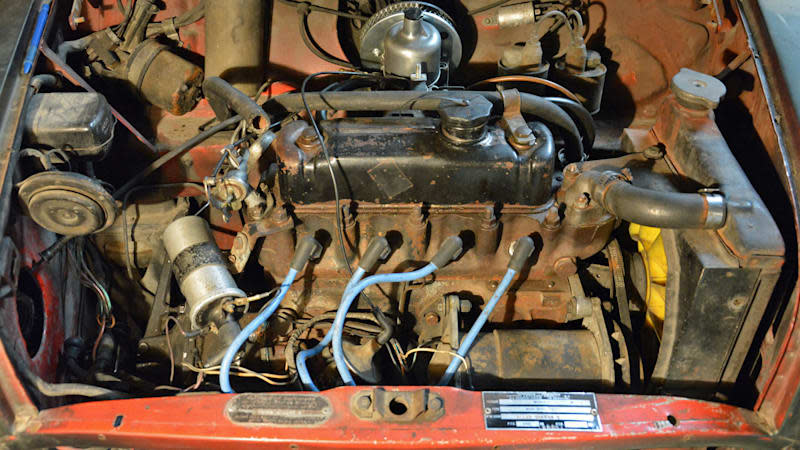How to change your car's spark plugs

Spark plugs are a vital part of a gasoline-powered car's engine. Without them the engine won't start, and if they're in rough shape the engine will run poorly. Nearly all gasoline-powered cars are fitted with spark plugs, regardless of whether you drive a new Porsche 911 or a 1990s Toyota Corolla station wagon. Most engines use one plug per cylinder, so a V6 normally has six, but some cars require two per cylinder.
How often you need to replace the spark plugs depends on a variety of factors like the type of car you drive, how you drive it, and its mileage. Signs of bad spark plugs include an engine that's hard to start, that misfires, or that idles poorly. While tackling this job yourself might seem daunting, it's far easier than it sounds: A spark plug is a bolt that shoots electricity. Roll up your sleeves, and let's get started.
What you need
New spark plugs
Spark plug wrench
Gap tool or feeler gauge
Wrench (optional)
Masking tape (optional)

1. Locate the spark plugs
First, you need to find your spark plugs. They're bolted into the cylinder head, near or at the top of the engine, but they may be hidden under a plastic cover that you have to pop off. On older cars, you can find them by following the wires from the distributor — one comes from the coil but the others go straight to the plugs. On many newer cars that don't have a distributor, each plug has a coil that needs to be removed.
We're using a 1972 Mini project car to illustrate this process. In the photo below, the spark plugs are beneath the upper end of each blue wire. This guide isn't Mini-specific by any means, and it also applies to motorcycles, lawn mowers, and chainsaws, among many others.

2. Remove the old plugs
Removing a spark plug is straightforward because it's essentially a bolt. Lefty-loosy, righty-tighty. Start by taking off the spark plug wires or the coils. Removing a wire is simple: Gently pull on it, and it will come off. Don't touch the end that goes to the distributor (unless you need to in order to gain additional clearance), and we suggest labeling each wire using masking tape so that you put them back in the right order. If you're dealing with coils, they're likely secured by a bolt whose size varies from model to model. Either way, you should soon see the plugs. Before you take them out, remove any debris that has accumulated in the spark plug well; it could fall into the engine if you don't.
When the plugs are accessible and the wells are clean, it's time for the spark plug wrench to come out. There are several types: Some mechanics prefer to use a socket that they can attach to a ratchet, while others like working with a dedicated wrench. What you use doesn't matter as long as it's the right size and it reaches the plug. A dedicated spark plug socket will be deep enough to reach the hex portion of the plug itself and is often cushioned inside by rubber or another material to protect the ceramic body of the plugs as you remove or install them. A regular deep socket will not offer this protection so be extra careful (especially during installation) if you go that route.

 Yahoo Autos
Yahoo Autos 
